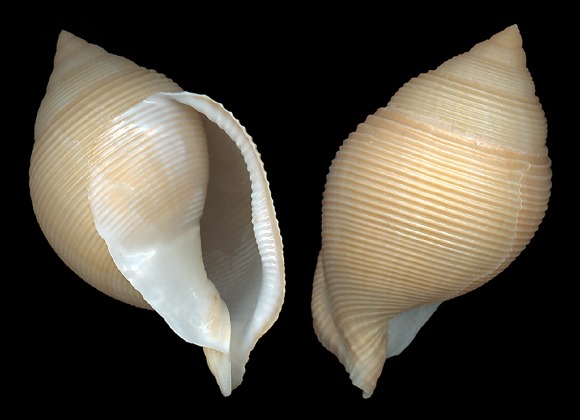
Protonym: Buccinum rugosum.
Synonyms: tyrrhenum Gmelin, depressa Philippi…
Above: a specimen from Málaga, Andalucia, S. Spain. 100mm.
Notice the inwardly depressed inner lip (depressa).
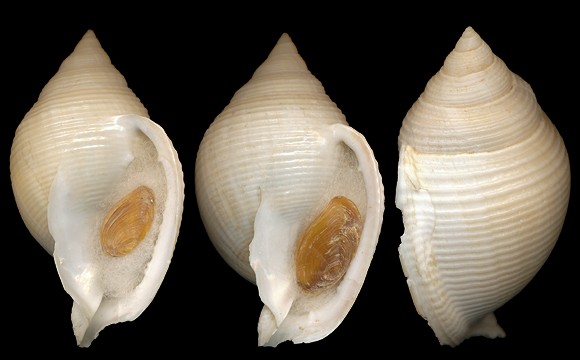
250-300m deep, on mud, off southern Sardinia. 53-57mm.
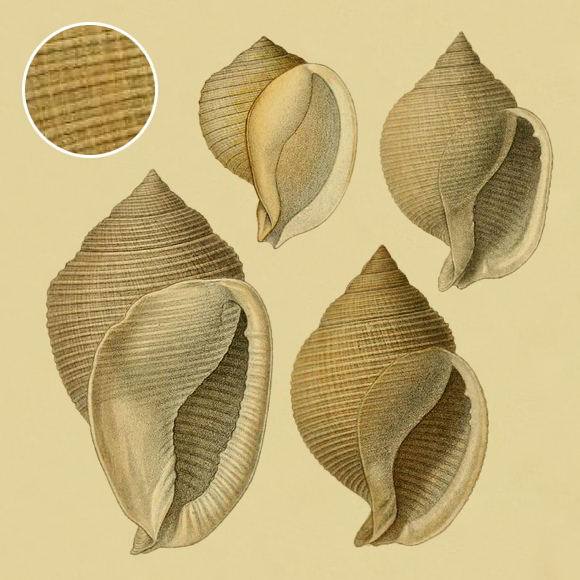
P.71: « Shell ovoid subpyriform to nearly spherical, bulbous and distended topside, rather thin-walled, shiny, of a pale reddish brown or white, entirely covered with almost uniform spiral cords separated by broader interspaces; these cords are more marked than in Cassidaria echinophora, and are crossed, in good specimens, with dense, fine longitidinal stripes. Whorls 7-8, separated by a deep, almost channel-shaped suture, the penultimate often varicose, with no trace of bumps; the cords are higher and slimmer than in echinophora. The last whorl is inflated, rounded, without stronger shoulders, more or less flattened behind the aperture, then varicose, but not thickened; the canal is shorter and more rudimentary than in echinophora. »
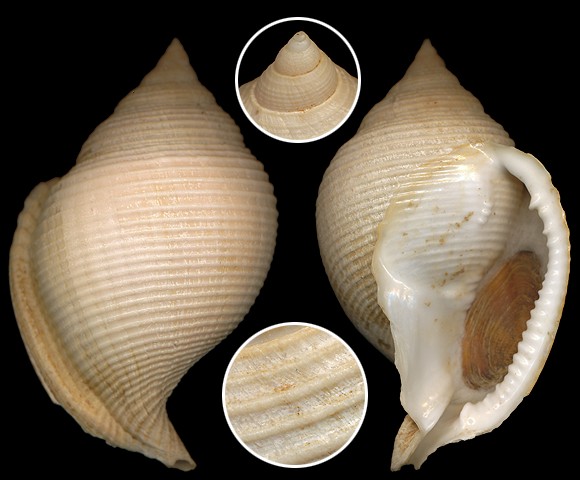
Kobelt: « Aperture irregularly ovate, severely cut out and narrowed posteriorly by the last whorl, clearly furrowed anteriorly; canal short, half covered, curved backwards at right angles. Labial margin only slightly thickened, more or less dilated, well arched posteriorly, then flatter, sometimes almost straight-lined, in good pieces with a broad longitudinal furrow and then sharply bent up; inside with a strong posterior dental fold and some faint teeth after. »
A specimen from near Atlantic, collected from shrimp trawling vessels operating at depths of 380-400m, on muddy bottom, off Olhão, Algarve, S. Portugal. 73mm.
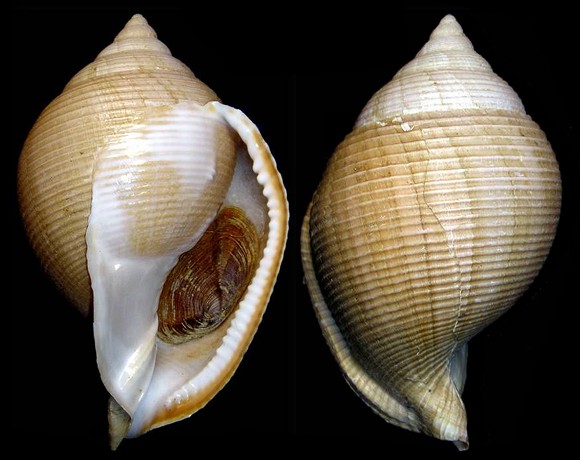
two specimens collected at 400-500m deep, off Málaga.
This pale one measures 98,5mm long.
Original pictures provided by J. M. Martin (ES).
– (CC BY-NC-SA) –
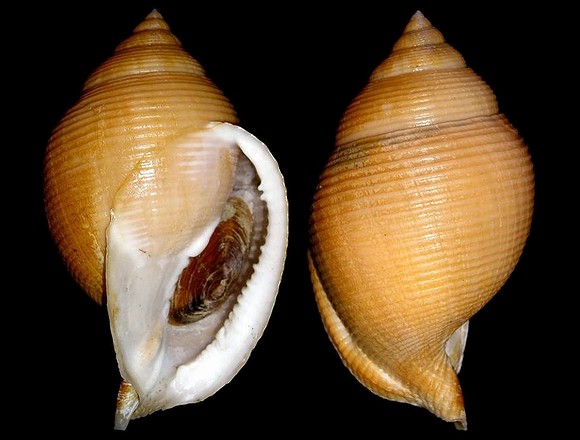
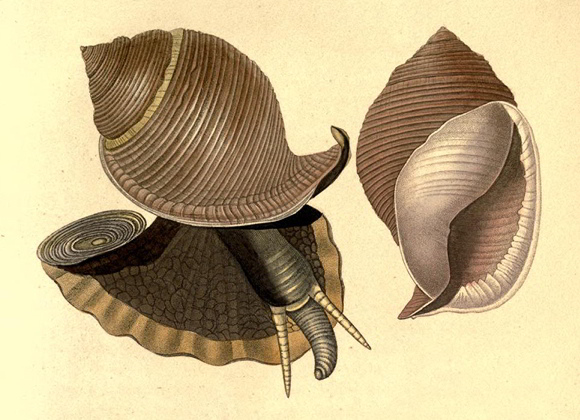
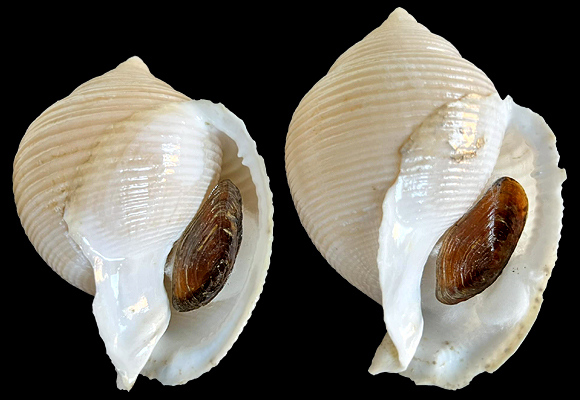
Above: rounded specimens from the northern end of the range, collected at 378m deep, west edge of Porcupine Bight, off SW. Ireland (52.201N - 13.883W). The species is known here since before 1930, when some specimens were found living in the southeast of Porcupine Bank, at depths of 250-1000m (A. Massy: “Mollusca of the Irish Atlantic slope”, Proceedings of the Royal Irish Academy, Dublin 1930). Original pictures provided by F. Swinnen (BE) – (CC BY-NC-SA).
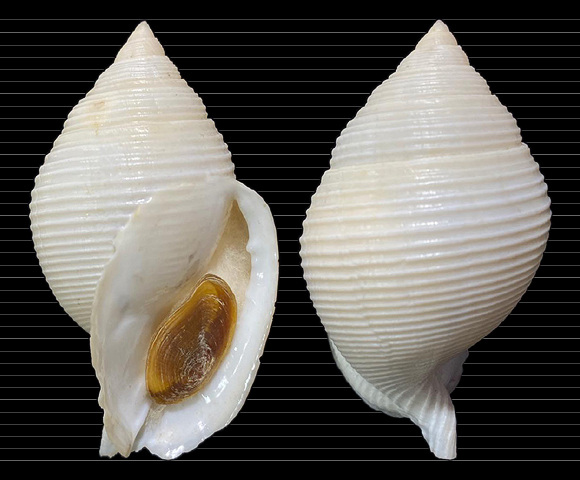
riginal pictures provided by I. Mulero (ES).
– (CC BY-NC-SA) –